
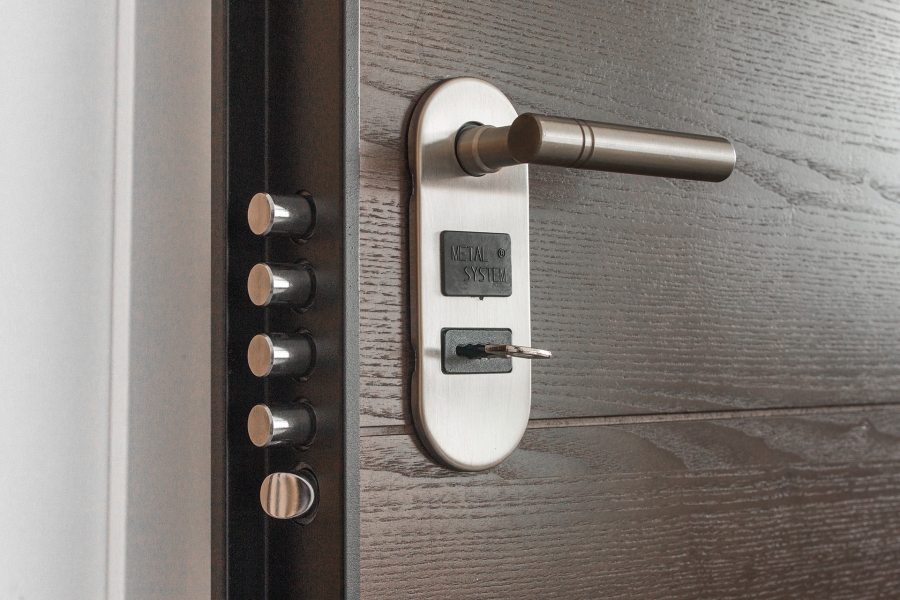
Pairing convenience and security may seem contradictory at first. But advances in automated gym entry controls have come a long way in the last few years. Now there are droves of solutions on the market, ranging from the simple gates to sophisticated high tech barriers.
But choosing from the technical rainbow of entry systems can be overwhelming. And the consequences of installing a temperamental or complex access control can hurt member happiness in the long term.
Which is why PerfectGym has compiled this guide to take you through the what’s what of fitness club access controls.
In this article, we will touch on the benefits, the drawbacks and the best applications of:
-
Card access
-
QR code access
-
Gated Fitness Club access
-
Biometric access
Are Automated Access Controls Needed in Fitness Clubs?
Yes, installing a new automated access control for your fitness club is a big investment. Not only with the financial cost, but integrating it with your club management software and informing members and onboarding staff so everyone is clear on how to use the access control takes time and patience.
Yet, with the right kind of gym entry system club owners can unlock a lot of benefits for both your business and members.

1. 24-Hour Opening
With automated access, members don't have to deal with a front desk 'middleman' to start their work out.
Machine entry systems don’t get tired, nor do they need breaks or personal time so you can transform your gym into a round-the-clock facility. With 24/7 fitness club access, you can give your facility a competitive edge over the convenience of home workout equipment and apps.
With the extended opening hours fitness facility access controls bring, you can also spread out the influx of members coming into your club. Thus relaxing the pressure of peak times on your staff and facility. People hate having to wait around for equipment or crowded areas when they exercise. More time equals more space and therefore a better gym experience for your members
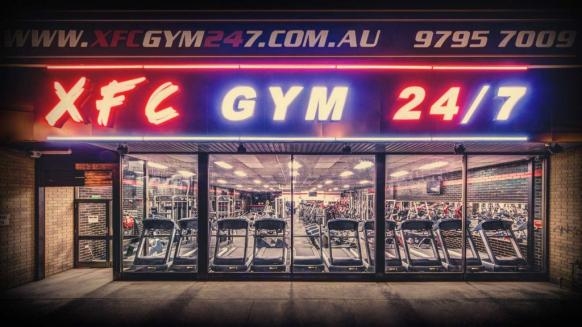
2. End Fraud
Although you'd rather not think about it, you know it happens. Members sometimes commit fraud by giving non-paying members access to your facilities. They may call it a 'victimless crime' but at the end of the day, it’s your business that loses out on revenue.
Sometimes, when contracts expire or a member is behind on their membership payments, they can still slip in and use your facility unnoticed (after all your front desk staff can't catch everything).
You can put an end to that. Implementing automated gym access controls means all members would need special authentication to gain access to your club. The authentication is controlled by you, which means you have the power to add blocks to members' accounts who haven't paid their fees.

3. Control Access Points
Your gym isn’t just a place for members to work out, it also hosts your business processes and staff, which means there are places you don’t want your members wandering into. With the right gym entry system, you can control the flow of movement in your facility.
You have the ability to electronically 'cordon off' certain areas of your facility to ensure the security of stock rooms and staff areas.
If there is cleaning, or construction taking place, rather than put up a sign, which most people either don’t see or ignore, you can simply deny access to that area via your club management system.

4. Track Gym Attendance
Data is a wonderful asset for fitness facilities these days. By integrating your gym access controls with your club management system, you can track the attendance of your members. The numbers and member profiles can tell you things such as, who are frequent gym-goers, and who prefers the weights room to cardio.
You can get a deeper look into how your members spend time in your facility: Which areas, times and days are most popular? Or which demographics re-visit your facility on a weekly basis.
Attendance stats are a great place to start analyzing who your gym is attracting and their fitness behaviors. From there, you can then use this data to make your digital communication more relevant and market to the right audiences.

5. Focus on What’s Important
Fitness club access controls can also free up staff responsibilities. Rather than spending hours on front-desk-warming, the team can focus on what it should, member happiness and fitness performance.
It can also free up some budget to allow you to hire more sales or marketing specialists for your fitness club growth.
It’s an all-around win. Gym access controls give members greater freedom and flexibility over their fitness. You also receive attendance data that can help you grow your business, and your team can focus on truly helping members by delivering first-rate fitness care.
Types of Access Control for Clubs
There are several options you can choose from to fortify your fitness club's security. Here we have broken down the most popular in the market right now. Keep in mind how your members might fare with the technology listed and which technology and type of access control would be easiest for them to use.
Card Access
With a single electronically programmed card, members can gain access to your fitness facility. The card is synced to their member profile, so every time a member swipes their card, your club management system can store that information.
It’s a very simple form of entry, simply tap the card and enter, no other effort needed. And having the physical card in your member's wallet or purse can act as a small reminder for them to go to the gym.
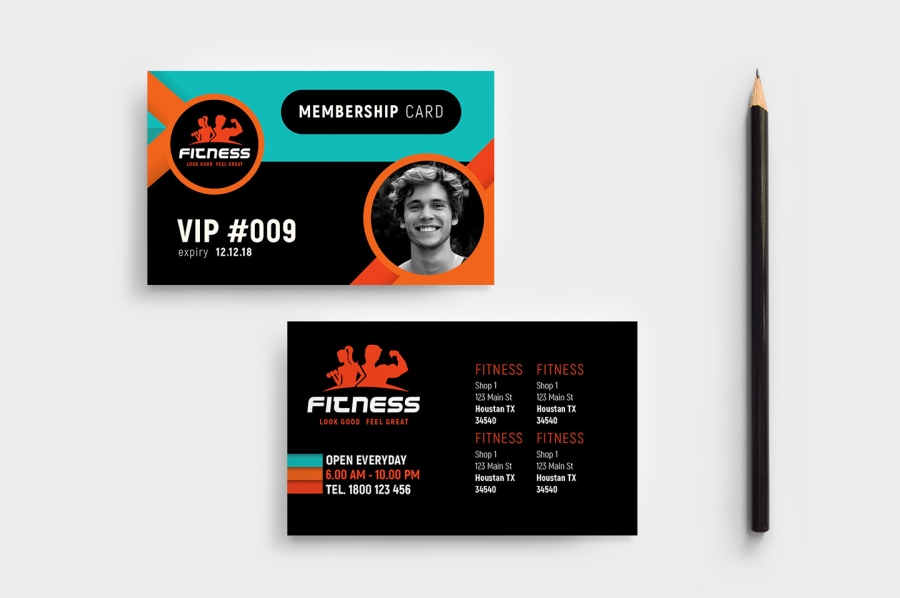
Source
However, usually made out of plastic, gym access cards aren’t great for the environment and they can be costly to produce.
This can be particularly problematic if your members are irresponsible with their possessions. (Of course, you can always make the member foot the cost of card replacement.)
When gym entry is granted via card swipe, the member's profile pops up on front desk personnel’s screen. They can then verify if fraud is taking place or not. But if your gym runs 24-hours a day and the desk isn’t manned, your club can still be vulnerable to fraud as anyone can use the card to enter your facility.
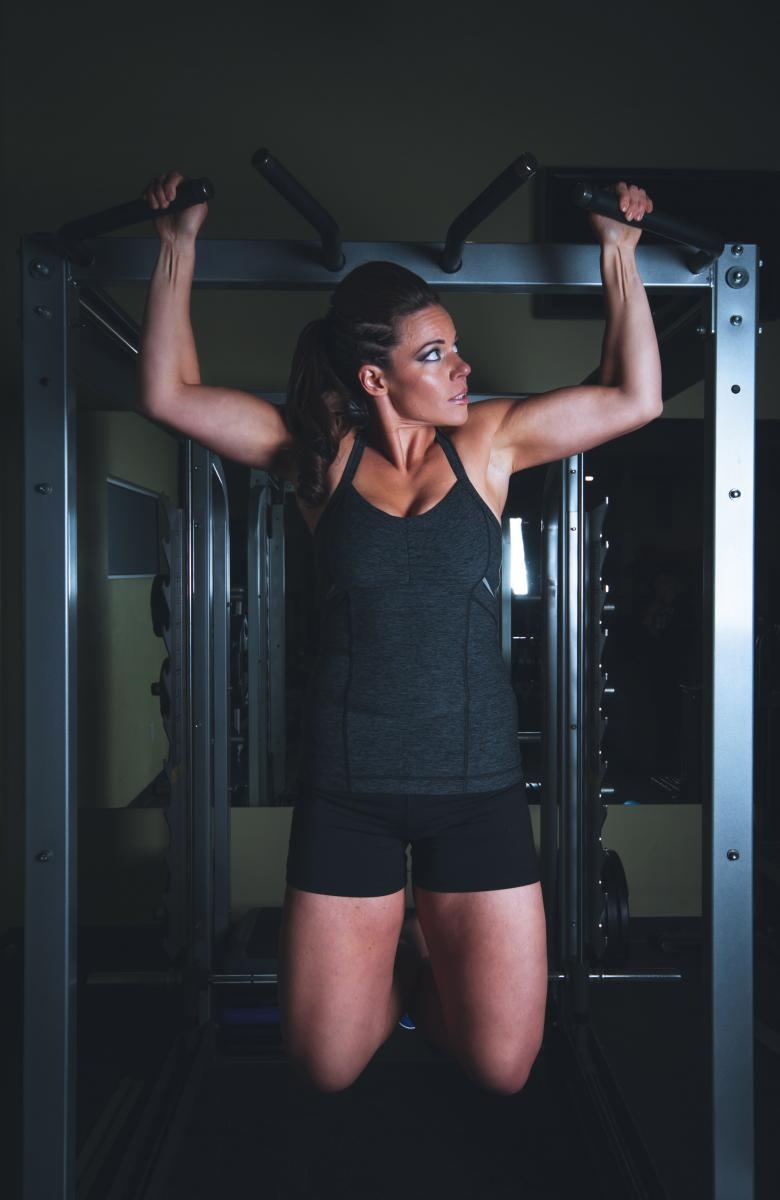
If the card gets stolen, non-members can gain access to your facility and the rooms where members store their valuables.
Members might also pass the card around to friends, which means your fitness club loses out on membership revenue.
But despite the security holes card access systems have, it is still a pretty universal means of automated entry.
If you have a budget gym, or your health club caters to people over 40, then card access control might be your safest bet. This way, you don’t have to ask members to download anything or remember an entry code, as looking after a membership card is a pretty small ask.

Pro tip: If you do install card entry systems, make sure every member understands that replacement of the card will be at the member's expense and what that cost is.
Learning that a card replacement will cost more than their monthly membership after they lose it is pretty poor customer service.
Members should be fully aware of any expense which might crop up at your facility. Not informing your clients will give them the impression you are exploiting them.
QR Code
QR codes (Quick response codes) can unlock access controls like a digital key. A QR code is essentially the digital 2D version of a barcode that encodes data. When members want to access your facility, they simply open your brand app and generate a code. Once the member has the QR code on their phone, they bring it up on their screen and place it face down onto the scanner. Say ‘open sesame’ and voila, instant access.
With QR codes, you are in essence handing out a new ‘key’ each time a member accesses the facility. Unlike with a card, this type of access control gives no waste and there are no replacement key costs.
The unique QR Code is readable even when damaged. The code duplicates the data stored on it. This means up to 30% of the QR code can be deleted without affecting the overall readability.
Also, thanks to the digital aspect, the key can only be accessed for a short amount of time which can restrict members from passing around their access. With PerfectGym's in-app QR code generator, members can create an entry code for up 5 minutes.
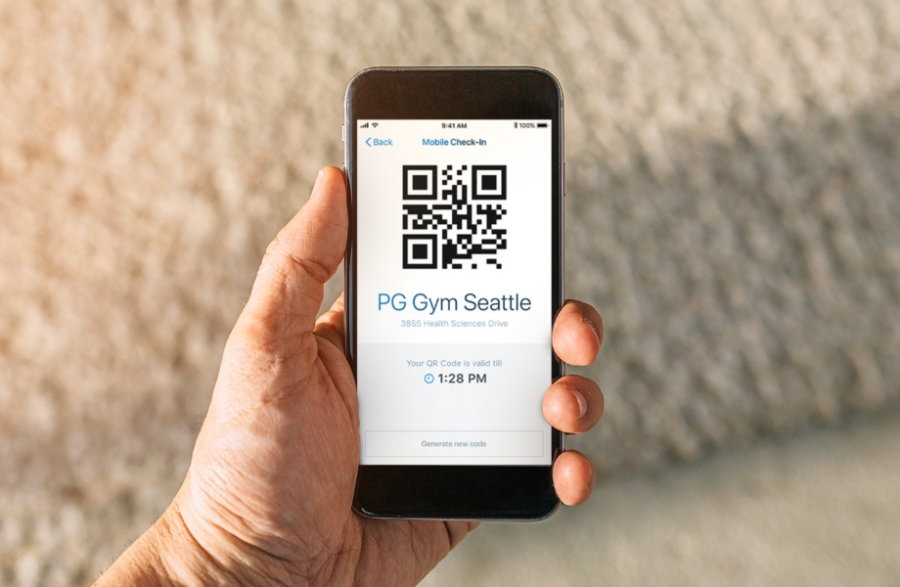
In addition, the app will not generate a QR entry code for a member if their contract has expired or there has been a ‘no-access’ block placed on their account due to unpaid membership fees.
However, one drawback of this is that fitness facility access suddenly becomes a big problem if a member forgets their phone, has low battery, or even has an excessively damaged screen. Exercising on the regular is hard, members may get frustrated and leave when they can’t access the door via their phone.
If you know your main member demographic isn't particularly tech-savvy then this entry solution won’t work well for them.
But, if your gym is catering to the younger generation, then this could work. Millennials and Gen Z’s are pretty entangled with their technology, a study by ComScore found that Millennials spend an estimated 3.2 hours a day on their phones and are three times more likely to be excited about new mobile apps and features than older users. The chances of this demographic having issues with their phone are pretty small.
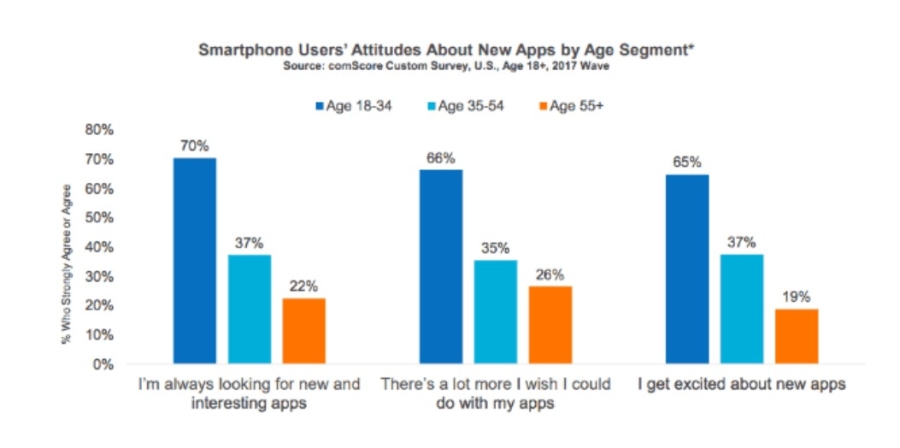
Although, it’s recommended to have a plan B on standby in the form of a passcode or access card just in case a members’ phone battery has indeed run flat.
Biometric Scanners
Biometric (or body measure) scanners aren’t just the stuff of spy movies anymore. They have been active for years. And due to their accuracy, they are a favored means of security in sectors such as research facilities, banking, and more commonly, in smartphone technology.
Biometrics work by verifying an identity by mapping an individual's veins, vocal patterns, palm prints, or even a heartbeat.
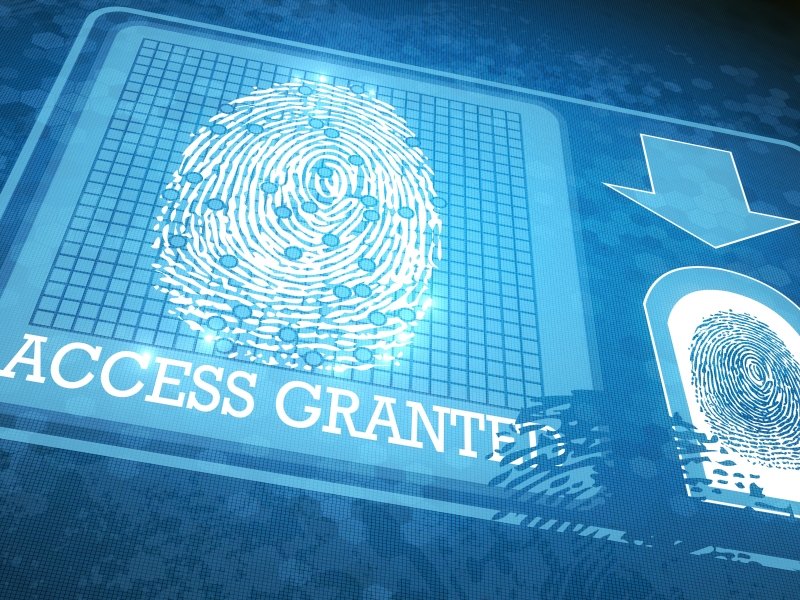
Examples of unique bodily aspects which can be used for biometrics:
-
Irises
-
Retinas
-
Fingerprints
-
Facial recognition
This type of entry system is highly accurate and almost foolproof. The scanner grants access based on what the member is, rather than what it has (card/fob) or what it knows (password).
Knowledge can be forgotten and items stolen, but members can’t misplace their own fingerprint.
Iris Scanners
Iris recognition is one of the most difficult to fake, which makes it an attractive security measure. Unlike a fingerprint, it doesn’t require contact with the scanner. The scanner works by analyzing the unique colors and patterns of a person’s iris, it then stores this ID to later match when the member wants to enter the gym.
Although iris recognition is highly accurate, it can be temperamental. Eyelashes, contact lenses or the darkness of the eye can confuse the scanner and cause it to reject entry.
Retina Scan
A retina scans the vein patterns in the eye using infrared light and then records the pattern.
It is even more accurate than the iris scan, making it a very reliable form of access control for your fitness facility. This, in turn, makes it one of the most expensive biometric scan options available. Investing in just one retina scanner can set you back from around $2,000 - $10,000.
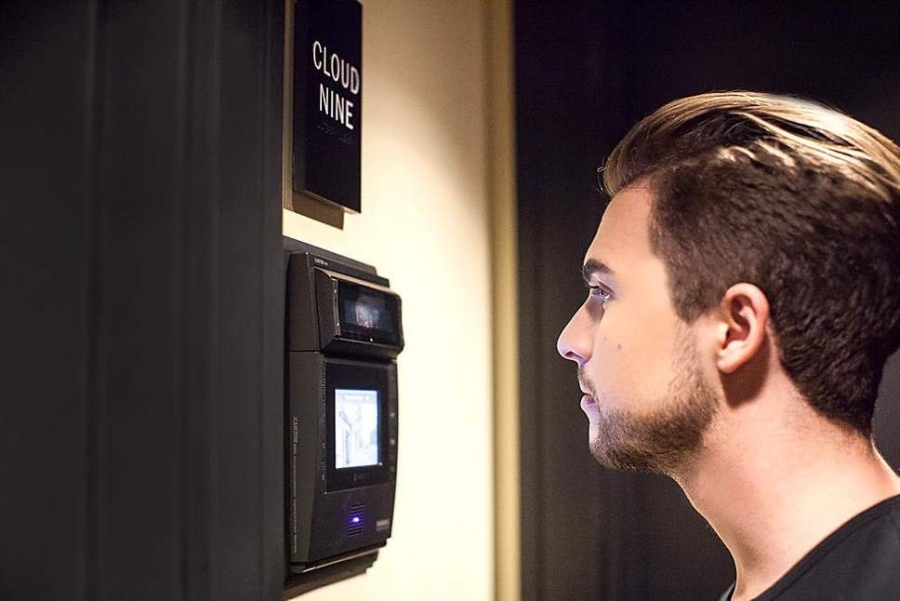
Although it is safe, members might not enjoy the experience of having their eyes scanned each time they visit the gym.
Fingerprint
The most widely used form of biometric scan. Many banks use this as well as smartphones and even some fitness facilities. Users place their finger on a scan pad, which then measures the unique whorls of their print.
The common use of fingerprint scanners in smartphones means the majority of fitness members should already be familiar with the use of it. Therefore, installing this type of gym entry control will require little transition on your member's part.
The downside of the fingerprint scanner is that without the exact placement of the finger on the pad, the alignment may not match. The same goes for any cuts. Lesions on the fingertip, even a small papercut, can throw off a fingerprint scanner. This can lead to denied facility entry and frustration on your member's part.
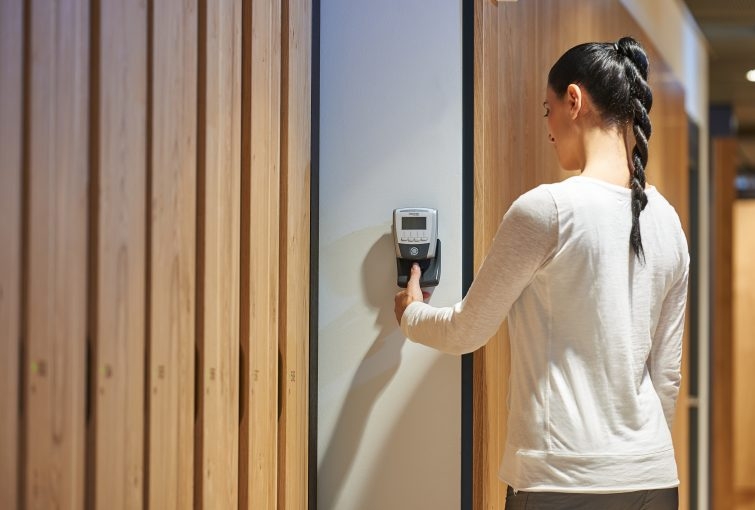
To counteract this, sometimes businesses combine fingerprint scans with a passcode or access card.
Facial Recognition
The release of Apple’s iPhone X bought facial recognition technology to the mass consumer market.
This biometric scanner works by digitizing thousands of unique points, distances and proportions of a member’s face. For example, it will compare distances between your eyes or locate where exactly your mouth is.
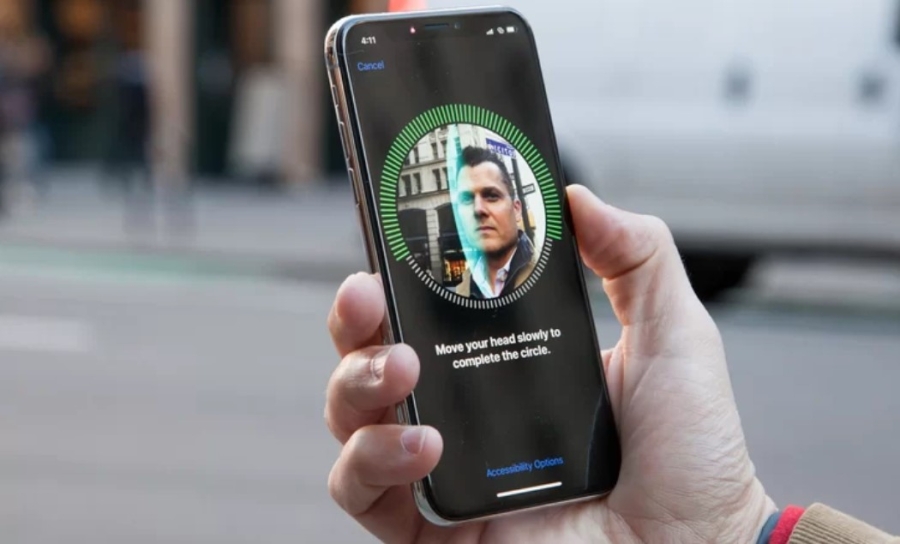
The benefit of this scanner is that members don’t even have to interact with the scanner (unlike with fingerprint scanners) which makes it a less invasive form of authentication. The scan takes a second and users will not be allowed entry if the scans don’t match.
However, if a person grows facial hair or loses weight (which will hopefully happen in your facility) then the facial recognition technology is likely to deny members access to your club.
Again like with other biometric access, it’s a good idea to pair this with a card or key fob, just in case the scanner is thrown off by a small change on the face.
The main attraction of biometric scanning is that there is no concern for lost membership cards or flat batteries, members simply need to bring themselves, they don’t have to remember anything to get through the front door, which transforms your facility into a much more convenient visit.

The biggest selling point of biometric access controls is that the biometric data is 100% unique to that user, which can end fraud in your facility. Though some types of scanners are more reliable than others, it remains one of the most trustworthy access controls a gym can have.
If you’re a luxury health club and you’d like to add an element of exclusivity paired with top-notch security and sophistication, then biometric scanners might be an option for you.
Gated Access
When you walk into a fitness facility with gated barrier access the message is clear; this gym is for members only. As an alternative to access doors, gates represent security to your members and act as a soft deterrent to non-members.
Gates come in all shapes and sizes, choosing the right one for your facility's needs will depend on your member volume and the overall facility atmosphere you’d like to have in your gym.
Electronic Tripod Turnstiles
The simple tripod turnstile is still used throughout many facilities as it offers an adequate cost-effective physical barrier without seeming too intimidating to members.
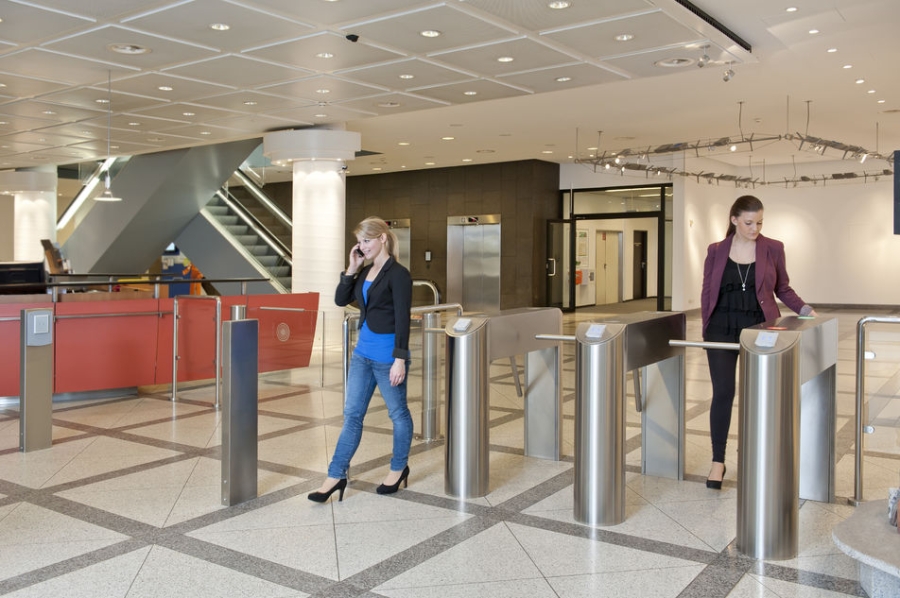
The tripod turnstile allows one person at a time entry after they have swiped their card or been admitted electronically by personnel. And the mid-level height of the barrier makes the turnstile awkward to dip under and too high to jump over easily.
However, if the front desk is not manned then bypassing a tripod turnstile would not be too difficult.
While the tripod turnstile prevents tailgating (where a person slips through a door after another person), the turnstile isn’t super effective in combating member fraud. Members can still easily smuggle their friends into the facility by pushing two people through the barrier per scanned entry pass. Unless the desk is manned at all times, behaviors like these are still difficult to prevent.
Speed Gates
Unlike a turnstile, which people can leap over, or a door which others can slip through, a speed gate offers a full barrier and allows access for only one member at a time. It works via a gate which slides open and shut quickly after admitting a person entry.
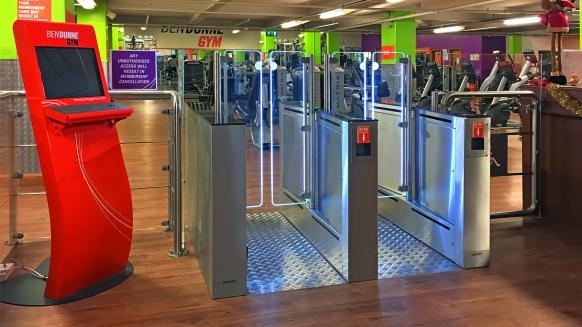
Because of the speed and height of the gate, it is impossible to slip through unnoticed, which really helps to ease concerns over security.
Most speed gates also include a motion sensor and alarm that will sound when more than one person tries to gain access at a time.
And on the plus side, the width of the gate is customizable so you can provide wider barriers for people with disabilities.
Visually sleeker than other gated options, speed gates offer security and can add a certain air of sophistication to a gym’s entryway.
Full Body Turnstiles
A full body turnstile is pretty much a tripod turnstile on steroids. Bigger, more intimidating and uglier, but it gets the job done.
Resembling prison access gates, a full body turnstile has only enough space to allow one person into your fitness facility per scanned entry. Unlike a tripod turnstile, full body gates are impossible to jump over or duck under, which means access to the fitness facility is only given to those who have a valid membership.
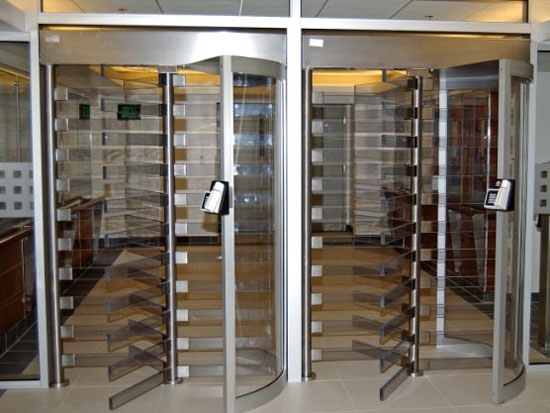
Overall, gated barriers are not a discrete means of security. This could be a good thing if you want to send a message that you are serious about security in your facility.
On the other hand, it can turn people off if you are, say, a boutique club which wants to adopt a welcoming atmosphere for new attendees.
If your health club experiences heavy influxes of members at particular times, using a full body turnstile may cause queues. No one expects they will have to wait in line to gain access to their gym. And waiting doesn’t make for a great fitness facility experience
If your main priority is security, then barriers, like the speed gate, paired with fingerprint scanners can offer the best cost-effective barrier from non-member access. Having such a barrier in your gym can help members feel safer in your facility.
In a Nutshell
Fitness club security is an important factor in running a fitness club and important for member experience too. However, using the wrong type of access control for your size, type, or club demographic can result in a problematic entry experience.
When installing access controls, make sure your reception area is a little outside the controlled area, that way new members can receive help from a friendly face as soon as they walk in.
Carefully look at what level of security you would like to have, and match that as best as you can with a type of access control which will be easy to use for your members.